
2019/08/19 - 2019/08/19
502位(同エリア1267件中)
![]()
nomonomoさん
- nomonomoさんTOP
- 旅行記5305冊
- クチコミ9084件
- Q&A回答332件
- 6,549,975アクセス
- フォロワー104人
ワシントンに来た最大の目的,それはナショナル・ギャラリーにあるフェルメールを見るため。例の「天秤」の絵です。「本を読む少女」は大阪で見たばかりです。ほかにもフェルメールが何点かあります。今回の旅行の目的のひとつです。
- 旅行の満足度
- 4.5
- 観光
- 4.5
- 交通
- 4.0
- 同行者
- 家族旅行
- 交通手段
- 鉄道
- 旅行の手配内容
- 個別手配
-
-
館員がとても親切。一緒に目的地まで歩いて連れて行ってくれます。 by nomonomoさん
ナショナルギャラリー オブ アート 博物館・美術館・ギャラリー
-
-
-
-
-
-
-
-
-
-
-
-
-
-
-
-
-
-
-
-
-
-
-
-
-
-
-
-
-
-
-
-
-
-
-
-
-
-
-
-
-
-
Raphael and the High Renaissance
The National Gallery of Art possesses this country's finest collection of paintings by Raphael, who with Leonardo da Vinci and Michelangelo perfected the art of the High Renaissance. During this brief moment, form and meaning came into perfect balance, a balance Raphael would achieve with unmatched refinement and grace. His depictions of the Madonna in this room trace the artist's evolution. The earliest (and smallest) reflects the gentle figures and landscapes he had learned from Perugino, whose own painting can also be seen here. The next Madonna, painted only a few years later, is more complex, both in composition and psychology. The connection between mother and child is intimate, their presence in the setting is more natural, and their bodies are more robust. Soon after completing this painting, Raphael moved from Florence to Rome. There, the monumentality of ancient art provided him with a visual language to convey new grandeur and seriousness. Linked by gesture and gaze, the imposing figures within the round form of The Alba Madonna communicate?to each other and to the viewer?their understanding of Christ's future as he accepts the slender cross. -
-
-
-
-
-
-
-
-
-
-
-
-
-
-
-
-
-
-
-
-
-
-
-
-
-
-
-
IMPRESSIONISM
Impressionist artists were devoted to capturing the life they saw around them. Many of the paintings here are set in small towns along the Seine ?Argenteuil, Chatou, Vetheuil ? where the artists lived and worked. Reached by an expanding rail network, these once rural places offered not only sunlit and flower-strewn fields or diamondlike reflections on water but people engaged in the pastimes of modern life. The paintings scintillate with color and light to transcribe a direct visual experience. Painted quickly, often outdoors, in front of the scene, they seek to reproduce not simply what but how the artist saw, capturing fleeting effects of light and atmosphere with flickering brushwork. -
-
-
-
-
-
VAN GOGH, GAUGUIN, AND LATE DEGAS
Too often, the personal histories of Van Gogh and Gauguin have obscured the intensity, vision, and discipline that propelled them to exploit the potential of color, line, and form for emotional and symbolic effect. Van Gogh sought inspiration in the strong color and animating line of Japanese art, Gauguin in the primal power of myth. Van Gogh's brushstrokes became ever more expressive; and Gauguin's Tahitian imagery became more symbolic, more darkly enigmatic. Degas, it seems, who was older and trained in the classical tradition, could scarcely differ more. Yet the works in this room show him still experimenting into his eighties, with images that are as radical as any created by his younger, post-impressionist colleagues. -
-
-
-
-
-
-
-
-
-
-
-
EXOTICISM
North Africa was a great inspiration to French artists in the second half of the nineteenth century. While some visited French colonies in Morocco and Algeria, others were inspired by orientalist literature to fantasize about an exotic culture of warmth, vibrant color, and sensuality. In 1832 the young Delacroix traveled for several months in North Africa and devoted much of his subsequent career to romantic scenes of lion hunts, mounted sword battles, and the hidden world of harems. His luscious color palette influenced younger generations of artists, including Renoir and Matisse. The paintings in this gallery indulge in the sensual representation of fabric and flesh, the mystery and romance of exotic locales, and the tactile pleasure of paint itself. -
-
-
-
-
-
-
-
-
-
-
-
-
-
-
-
MODERN PARIS
The paintings in this gallery respond to the radical urban renewal project that transformed Paris in the 185os and 186os. An old, essentially medieval city of narrow cobblestone alleys became a modern metropolis, with the open parks and grand boulevards lined by uniform limestone facades that define the look of Paris to this day. Manet, the consummate observer of these new city spaces, expressed ambivalence: attraction to glossy fashion and urbanity but also a sense of disorientation and dis-location, even loneliness. With a bright palette and flickering touch, Renoir and Pissarro painted cityscapes that celebrate the fresh views, open air, and sunlight of the modern capital and the brisk, energetic movement of its citizens. -
-
-
-
館員がとても親切。一緒に目的地まで歩いて連れて行ってくれます。 by nomonomoさん
ナショナルギャラリー オブ アート 博物館・美術館・ギャラリー
利用規約に違反している投稿は、報告する事ができます。
旅行記グループ
フェルメール巡礼
-
前の旅行記
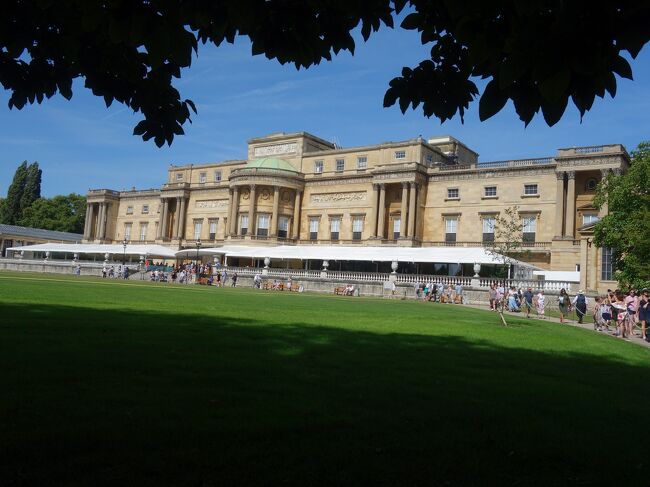
ロンドンを歩く。(1.5) バッキンガム宮殿の the State Rooms でフェルメールをみる。
2019/07/24~
ロンドン
-
次の旅行記

NYCを歩く。(5.7) Frick Collection でフェルメールを見る。ここにも3枚あります。
2019/08/21~
ニューヨーク
-
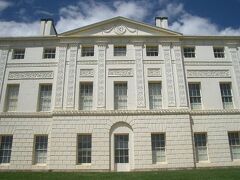
Vermeer を見にKenwood House をたずねました
2009/06/07~
ロンドン
-
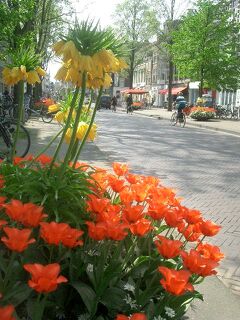
ハーグの駅からマウリッツハイム美術館まで街歩き
2011/04/21~
ハーグ (デン・ハーグ)
-
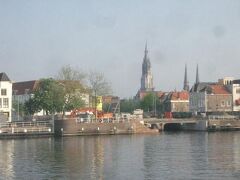
フェルメールの風景をデルフトでさがす。スヒー川越しに町を眺める
2011/04/22~
デルフト
-

アムステルダムで最初に行くところは、もちろん、国立美術館。
2011/04/24~
アムステルダム
-
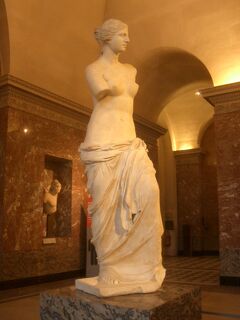
やっぱりルーブル。パリ7日目にしてモナリザに会いました。
2013/01/27~
パリ
-
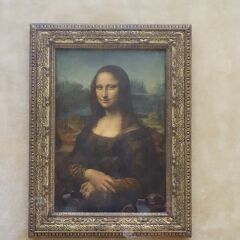
今日は第一日曜日。美術館ただの日。さあ,美術館を回りましょう。まずはルーブルから。
2014/02/02~
パリ
-
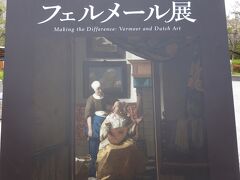
フェルメール展を大阪市美術館で見て来ました。6点ありました。よかった。
2019/04/17~
ミナミ(難波・天王寺)
-
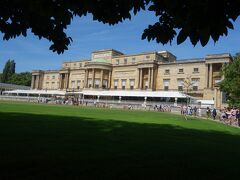
ロンドンを歩く。(1.5) バッキンガム宮殿の the State Rooms でフェルメールをみる。
2019/07/24~
ロンドン
-
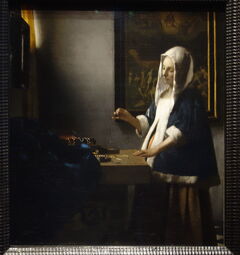
Washington D.C. を歩く。(2) 最大の目的はナショナルギャラリーのフェルメールです。レオナル...
2019/08/19~
ワシントンD.C.
-
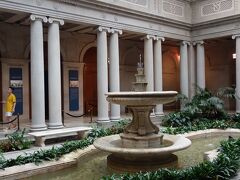
NYCを歩く。(5.7) Frick Collection でフェルメールを見る。ここにも3枚あります。
2019/08/21~
ニューヨーク
-

London(1.2) National Gallery に Leonardo がない!ウッソ!まさか!そん...
2020/01/29~
ロンドン
-

フェルメールを見に大阪市立美術館へ。フェルメール巡礼の大成です。
2022/07/20~
ミナミ(難波・天王寺)
旅行記グループをもっと見る
コメントを投稿する前に
十分に確認の上、ご投稿ください。 コメントの内容は攻撃的ではなく、相手の気持ちに寄り添ったものになっていますか?
サイト共通ガイドライン(利用上のお願い)報道機関・マスメディアの方へ 画像提供などに関するお問い合わせは、専用のお問い合わせフォームからお願いいたします。
この旅行で行ったスポット
ワシントンD.C.(アメリカ) の旅行記
旅の計画・記録
マイルに交換できるフォートラベルポイントが貯まる
フォートラベルポイントって?




















































































































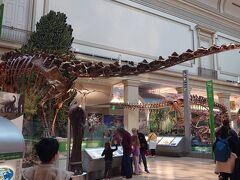

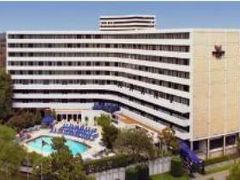







旅行記グループ フェルメール巡礼
0
110